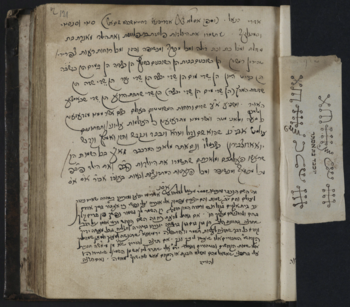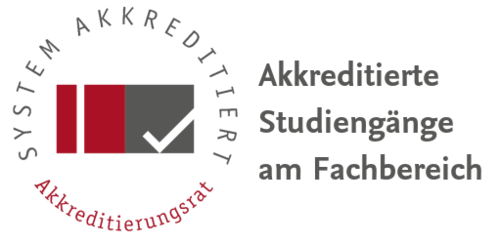Chaining Lilith: Gender, Medicine, and Kabbalah in Early Modern Jewish Magic
Dr Andrea Gondos
Chaining Lilith: Gender, Medicine, and Kabbalah in Early Modern Jewish Magic
Applying the notion of the male medical gaze frames my own research of Jewish recipe books from East-Central Europe written mostly in the seventeenth and eighteenth centuries (Katherine Park, 2006). These manuscripts, that weave together kabbalistic concepts and magical techniques, artisanal practices and local non-Jewish narrative elements and beliefs, are currently dispersed in various European, North American, and Israeli libraries. Constituting a largely understudied corpus these writings comprise an indispensable resource for understanding prevalent social and cultural transformations, such as the development of scientific advances in medicine and pharmacology, as they unfolded in East-Central Europe at the dawn of the modern era. At the same time, these texts also provide a unique window on the imbricated nature of Jewish magical and kabbalistic traditions complicating the relationship between these epistemic fields in the transmission of practical knowledge (Agata Paluch, 2019). Notably, a number of these sources transmit earlier kabbalistic traditions some of which can be traced to printed books while others to manuscripts and oral sources. The practices and ideas that these works record permit us to gain an understanding of a particular group of healers called ba’alei shem ("masters of the name"), who were ubiquitous throughout the Jewish communities of East Central Europe in the seventeenth and eighteenth centuries. They were typically itinerant, who wandered from one Jewish community to another marketing their ware. Their expertise combined traditions of divine, angelic, and demonic names; the magical use of the traditional textual and liturgical religious corpora of Judaism – Biblical verses, books, and prayer; and artisanal knowledge of the natural world – the unique qualities of herbs, plants, and animal substances.
My research focuses specifically on the gendered aspects of these sources, written by men, in order to uncover male conceptualisations of the female body. The area of pregnancy and childbirth constituted a liminal space as the female body was poised to be transformed into a battlefield between the positive life-sustaining and the corrosive morbid forces of the universe. Spells, amulets, and charms helped to tip the balance and restrict the effects of demons and their macabre activities that brought death, illness, and despair not only to Jewish families but also to the community at large. Recipes recommended throughout these recipe books for the health and care of the female body, issues of fertility, the various stages of pregnancy, childbirth, and postpartum care, evince the use of animal and plant substances while also deploying supernatural therapeutic formulas in the form of amulets, spells, language mysticism and magic (Biblical verses, holy and demonic names, cosmological influences, metaposcopy, and other techniques) in protecting the life of a parturient and her newborn. Illuminating the lives of ba'alei shem and their treatment of women’s reproductive health, helps us to re-materialize the female body (Meredith McGuire, 1990) and detect broader issues such as female as opposed to male agency in therapeutic care.


